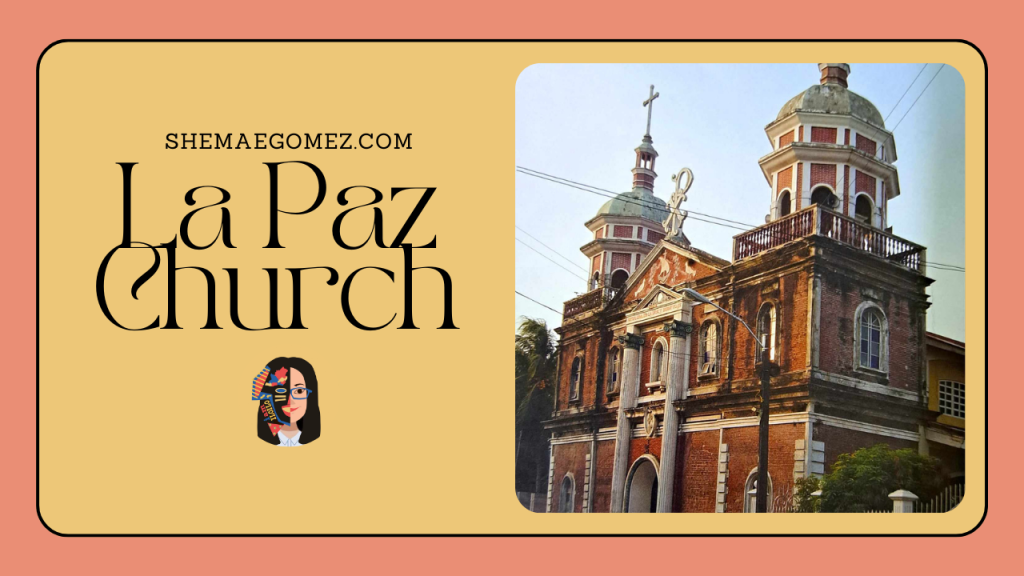The Celso Ledesma House
A Beaux Arts Victorian mansion stands in the heart of Iloilo’s commercial district, unperturbed by the bustle of Calle Ortiz and the pier nearby. It is the house that Engineers Mariano Cacho and Mariano Salas built for Don Celso Ledesma in 1922. The Japanese imperial forces earmarked it for an important official during World War II. Since the official never arrived in Iloilo, the house and all its furniture were spared. Don Celso bequeathed the house to his nephew, Don Zafiro Ledesma, whose children devotedly maintain their heritage today. Both Don Celso and Don Zafiro were mayors of Iloilo City.
Source: Reynaldo Gamboa Alejandro and Vicente Roman Santos in Estilo Ilonggo: Philippine Southern Lifestyle published by KCC Innovationd in cooperation with DOT (2009)
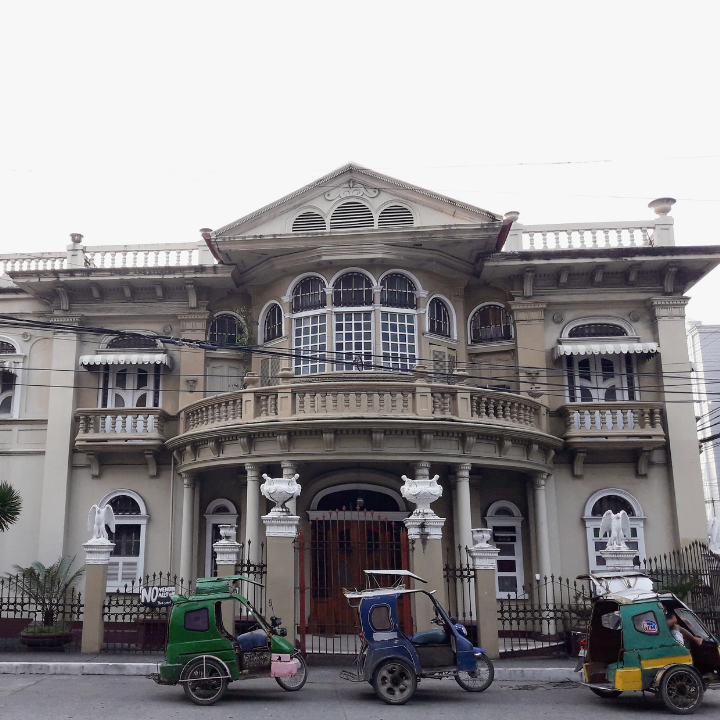
Memories of a By-gone Lifestyle
Century-old mansions – some still standing, some in ruins – evoke the memories of a bygone lifestyle. Lavish parties, sit-down dinners, precious stones in hairpieces, bracelets, and necklaces lit up the dance floor as men and women danced the rigodón de honor, the waltz, and the polka. Men were garbed in Western fashion, with their dinner jackets and chaquetillas. Women wore Filipina dresses made of hand-woven piña, jusi, or sinamay. The women had carnets on which they listed down the names of the many dance partners who awaited their turn. People moved around formally and with decorum. The food was enough to last the guests at least until dawn when breakfast might be served. (MTL)
Source: Reynaldo Gamboa Alejandro and Vicente Roman Santos in Estilo Ilonggo: Philippine Southern Lifestyle published by KCC Innovations in cooperation with DOT (2009)
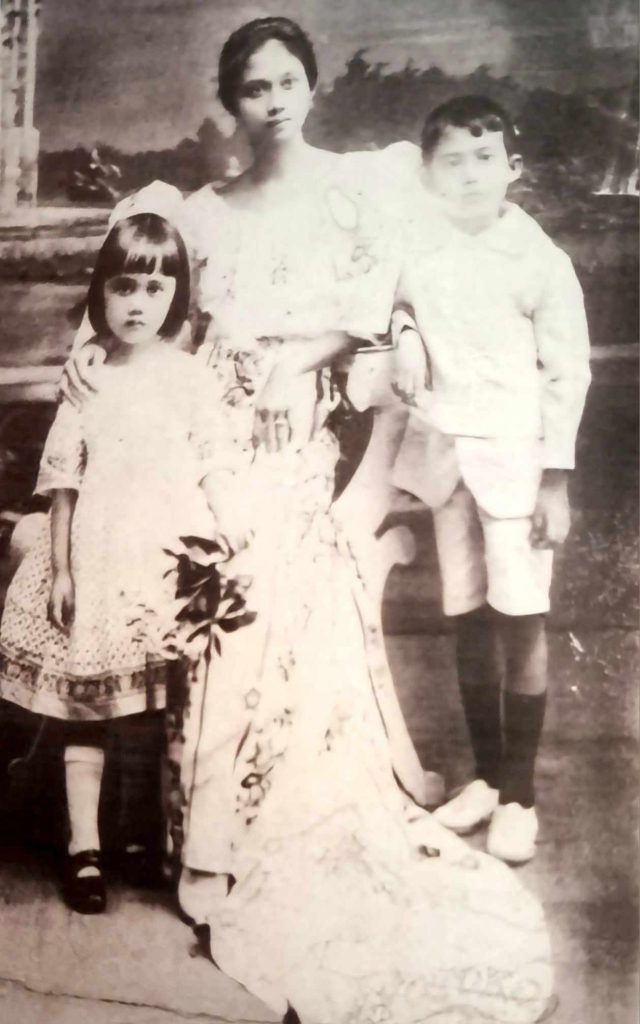
Don Celso’s heir, Zafiro (right) and his sister, Farah Remia (left), flank their mother Doña Purificación Jalbuena de Ledesma.
Source: Reynaldo Gamboa Alejandro and Vicente Roman Santos in Estilo Ilonggo: Philippine Southern Lifestyle published by KCC Innovations in cooperation with DOT (2009)
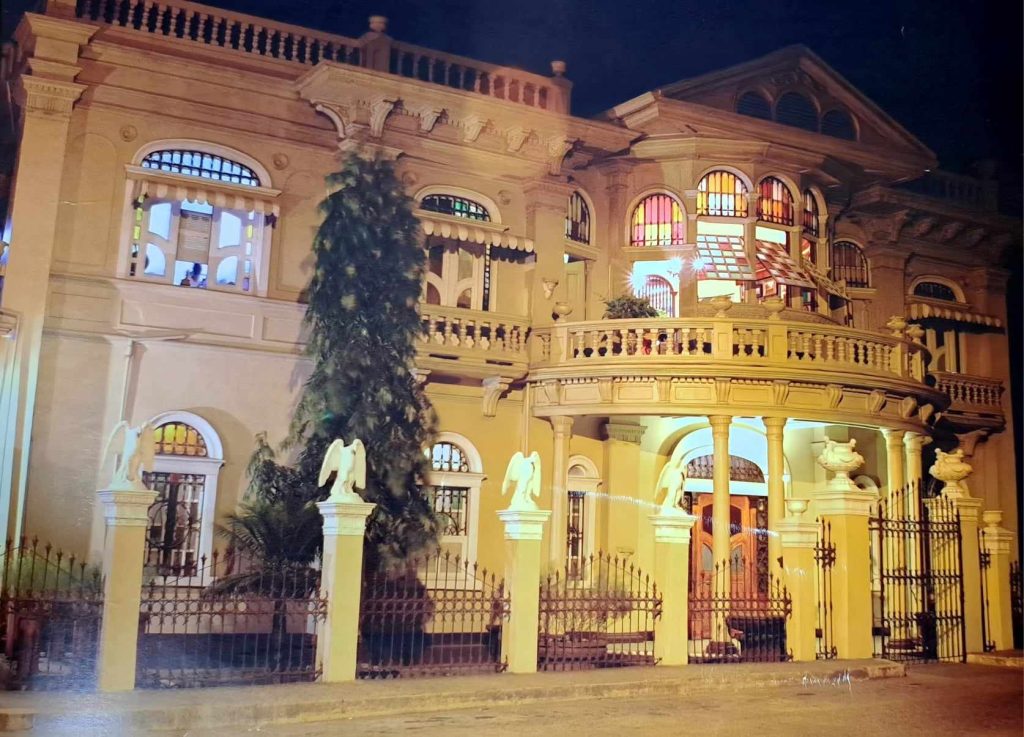
Fierce-eyed, pre-cast eagles on fence posts keep a watchful vigil. A portico with Doric columns leads to the grand staircase of the Celso Ledesma house.
Telon paintings are an antebellum vestige of Iloilo’s golden era when literature and theater flourished when old families lived in monuments mansions and held frequent balls.
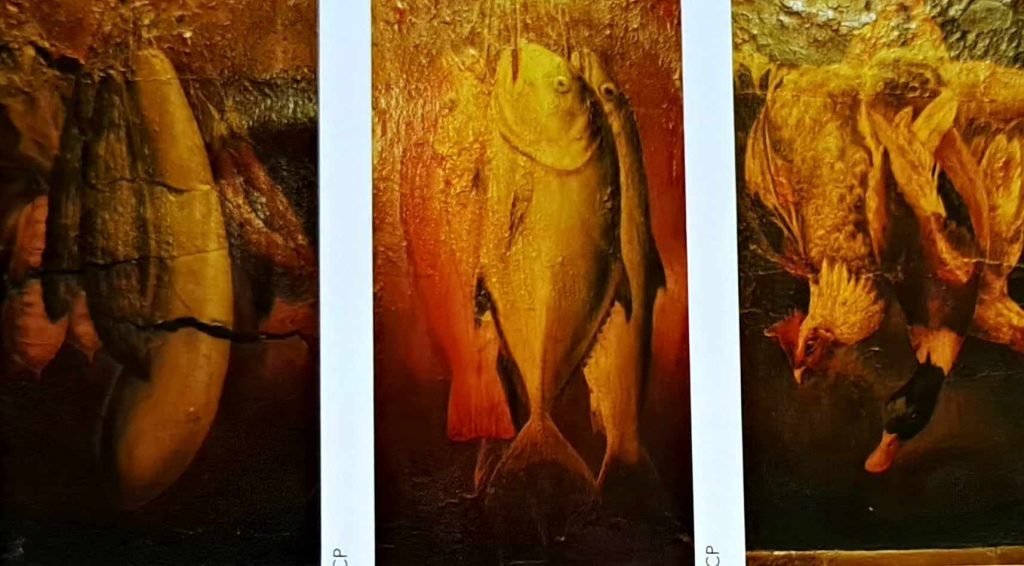
A painter himself, Engineer Mariano Salas included the murals in the plans for the Celso Ledesma house and handpicked Vicente de San Miguel to execute them. These are among the very few that de San Miguel signed.

The furniture, all 131 pieces, were made by the Gonzalo Puyat Furniture Company in 1923 for a princely sum of P8,730.
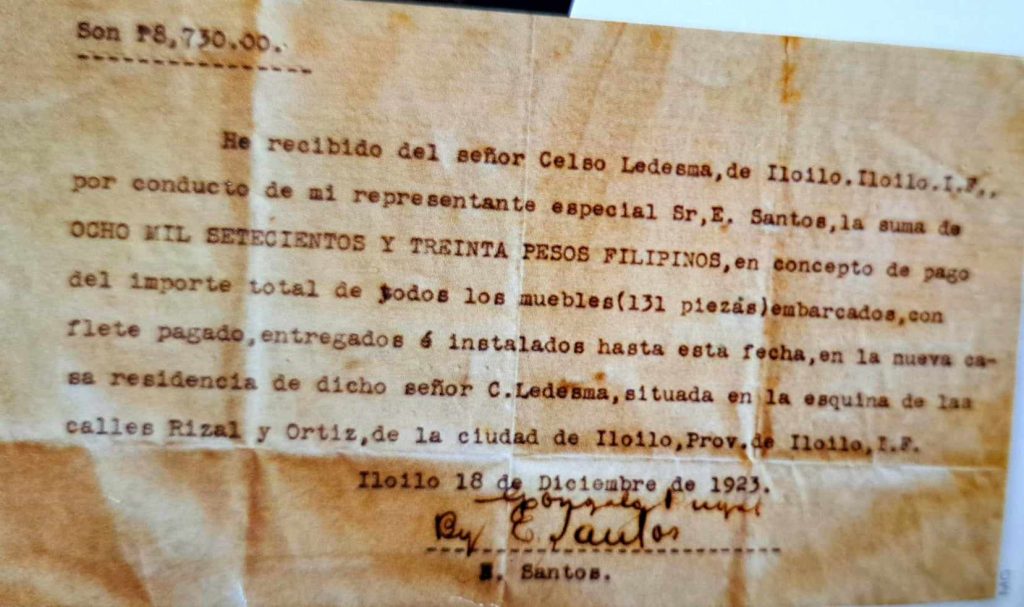
Source: Reynaldo Gamboa Alejandro and Vicente Roman Santos in Estilo Ilonggo: Philippine Southern Lifestyle published by KCC Innovations in cooperation with DOT (2009)
